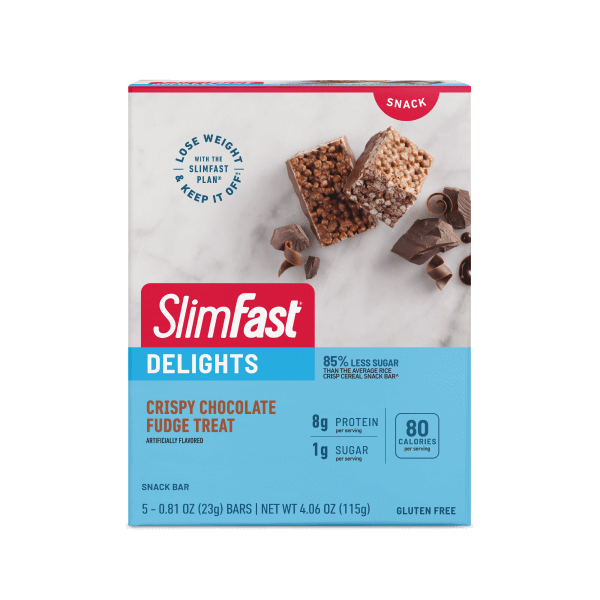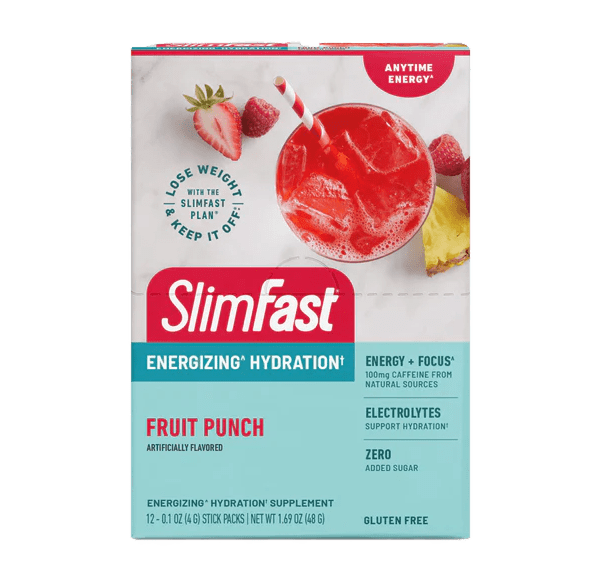

A balanced diet is important for overall health and wellbeing, and while balance may mean different things to different people, there are some common elements that we can all keep in mind. Two of those elements are moderation and variety, ideas that we often think of when we’re talking about wellness. Balance, though, is sometimes neglected, though it might be one of the most important factors when it comes to losing and maintaining weight your own way. A balance of food groups and types not only means you’ll be providing your body with the macro- and micro-nutrients you need to survive and thrive – it also means you’ll be on your way to eating an exciting, enticing variety of foods that won’t ever get boring!
What Does Balanced Nutrition Mean?
Balanced nutrition generally refers to a balance of the five food groups: fruits, vegetables, grains, protein, and dairy. Try to create balance on your plate throughout the day with foods and liquids from each of the five different food groups. Keep in mind that not every meal is going to always be balanced - and that’s okay! Try your best to include at least three or more food groups at each meal – you can also have an eye to choosing foods with different colors and textures for a satisfying array. The foods and beverages we enjoy from each food group offer important nutrients like protein, fat, carbohydrates, vitamins, minerals, antioxidants, fiber, and more. Here are some examples of foods that make up each of the food groups:
- Fruits: apples, bananas, oranges, grapes, mangoes, figs, pineapple, berries, melons, fruit juice, etc.
- Vegetables: broccoli, spinach, tomatoes, carrots, zucchini, cabbage, asparagus, etc.
- Grains: brown rice, oatmeal, barley, quinoa, popcorn, whole wheat bread, whole wheat pasta, etc.
- Protein: beef, pork, poultry, seafood, eggs, nuts, seeds, beans, peas, lentils, soy-products, etc.
- Dairy: milk, yogurt, cheese, etc.
6 Quick Tips to Add Balance
Adding balance doesn’t have to be an all or nothing approach, nor does it have to happen all at once. In fact, making drastic changes too fast may not be sustainable. Instead, try creating more balance in a step-by-step approach that fits your journey. Here are five quick tips to create more balance within your diet:
- Tip 1 | Add one food group at a time
- Tip 2 | Create a food journal and see which food groups you could include more often
- Tip 3 | Create a grocery list with the five groups to help ensure you’re hitting everything
- Tip 4 | Use the USDA MyPlate Guidelines to build healthy, balanced meals throughout the week
- Tip 5 | Plan ahead and meal prep with the five different food groups in mind
- Tip 6 | Add bits of balance throughout the day. If one meal is lacking, then aim to compensate later through another meal and/or snack
Balance is important in all aspects of our lives, and your nutrition is no different. The more balanced your diet is, the more diverse your nutrient intake, and the more variety you’ll enjoy on your plate!




